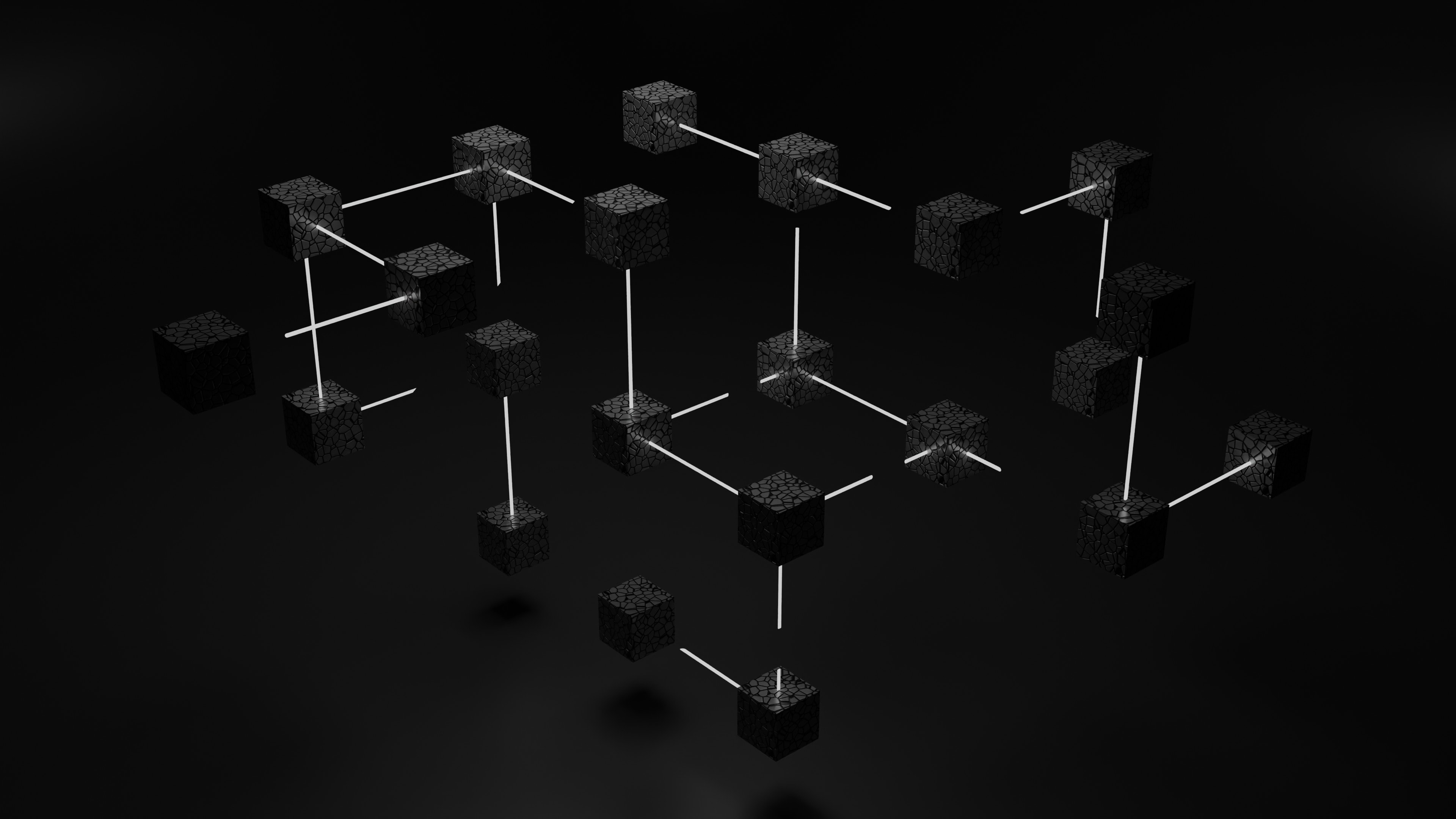As an emerging industry, crypto is never short of trends and hype. Over recent years, Facebook renamed itself Meta; Elon Musk, who used to be the world’s richest man, endorsed DOGE; Apple CEO Tim Cook said publicly that he holds crypto. It seems that the crypto space can always provide us with trending topics. Despite that, mining, which is a key link in the industry, is often less eye-catching than other trending crypto categories.
This is the case because compared with short-term speculators, miners are less sensitive to market changes and focus more on the future potential and long-term value of cryptos. Meanwhile, they also keep a close eye on the profitability rankings of coins to adjust their deployments, seeking higher returns and shorter payback periods. In light of the current circumstances, KDA has become a leading coin in terms of daily returns. Source: https://www.asicminervalue.com/
Source: https://www.asicminervalue.com/
KDA, a cryptocurrency with similar functionalities to Ethereum’s ETH, is used to pay for services and computation resources on Kadena, the blockchain network behind the coin. Kadena was launched in 2016, and its mainnet went live in 2019. Moreover, it is also the only scalable L1 PoW chain in the crypto space. Unlike Bitcoin, which runs on a single chain, Kadena combines multiple parallel blockchains. Here, we can think of Bitcoin as a single string, while Kadena brings together multiple strings to form a rope.
This allows the Kadena network to process 480,000 transactions per second, an exponential increase in throughput compared to Bitcoin, which only processes seven transactions per second. Right now, Kadena has expanded its scale to include 20 blockchains, and each chain produces a new block in 30 seconds on average, which also makes it more difficult for hackers to attack the network. For example, if a hacker is planning a 51% attack on Bitcoin, he would only have to target a single chain, and he’d also have plenty of time, as Bitcoin generates a new block every 10 minutes. However, if the target is switched to Kadena, he’d face 20 parallel chains with a block time of 30 seconds, making it much more challenging to pull off an attack.
Market statistics are a major factor that reflects the pros and cons of a cryptocurrency. Kadena’s native token KDA was officially issued in December 2019, and its price soared from $0.23 to $27, a record high. As of December 14, 2022, the KDA price stands at $1.03, up 11% in the past two weeks. Although the figure has dropped compared to its peak last year, miners running Antminer KA3 can still earn decent profits from KDA mining.
How to get KDA (1): Mining
KDA features a total supply of one billion, which will be released within 120 years. According to the official token distribution model, miners will get 70% of the total supply, making them the most influential KDA holders. At the moment, each Kadena block comes with a reward of 1.04 KDA, which is adjusted every six months. The Kadena Block Explorer shows that the current Kadena hashrate stands at 163.3 PH/s, and the network’s mining difficulty is at 5.7 E.

Kadena uses the Blake2s_256 algorithm and can be mined using CPU, GPU, and ASIC mining machines. Miners can acquire key pairs through the official chainweb-miner client to start mining KDA.
Go to https://github.com/kadena-io/chainweb-miner to find out more about KDA mining.
How to get KDA (2): Trading
Kadena, which features 20 parallel chains, allows users to carry transactions on the same chain or across two different chains. When transferring cryptos on the same chain, senders have to pay Gas to miners; in cross-chain transactions, on the other hand, both senders and receivers need to pay Gas.
Right now, the circulating supply of KDA roughly stands at 210 million. Apart from mining, users can also get KDA through crypto exchanges. At the moment, KDA is available on nine exchanges, including Binance, CoinEx, HotBit, and Bittrex Global. That said, some of these exchanges require KYC authentication, and users can choose those that do not require KYC procedures if they don’t wish to disclose their personal information.
Kadena has now built an ecosystem featuring 53 projects in categories that include Wallet, DeFi, GameFi, and NFT. Moreover, the team has also received $15 million from institutional investors, including SVAngel and CoinFund. As they often say, a company can only succeed in the bull market by gathering momentum in the bear market. Kadena is all set for the next crypto bull, and let’s wait and see how far it will go in the future.
Disclaimer: This article is for reference only and offers no financial advice.